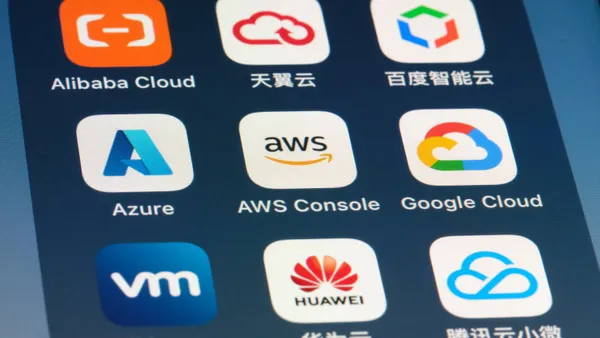Businesses create friction when they modernize technology, but CIOs should show the value of that disruption. Executives have the responsibility to provide and communicate a path forward as budgets increase and risk appetites grow.
“A lot of times, I feel like the organization itself is holding itself back because there are certain ways in which the business has been done, and there’s a little bit of friction in moving from status quo to what it can be,” said Gayatri Narayan, SVP of digital products and services at PepsiCo, during a panel at the MIT Sloan CIO Symposium in May.
Many CIOs still face hesitation when it comes to transforming the business model, even though more than eight in 10 CEOs want to maintain or increase their company’s pace of digital change.
“Getting a company like Mathematica that has been hugely successful in an advisory business model… and changing that over to a digital type of business model is fundamentally different,” said Akira Bell, senior vice president and CIO at Mathematica, during the panel.
A model shift of this nature leads to broad disruption, according to Bell.
"All the way from my GM — who needs to see themselves differently and be willing to cannibalize some of their old ways of doing work — all the way back to my own CIO world, because now all of our systems need to be able to change to meter things that we didn’t use to meter,” said Bell.
CIOs, through explicit communication with the board, can showcase the return on investment of projects, leading to future partnerships. Sometimes, there's a benefit in showing the value early on.
At PepsiCo, Narayan used a compressed pilot phase for an emerging technology project to demonstrate value. Her team ran the project in shadow mode at scale to show the incremental value the project would bring and calculated value early on, she said.
The optics of a project play a significant role in whether or not a project is deemed successful. For board members, transparency on where the needle will move is critical.
“If you're not clear on whether this is a revenue move, or it's a door-opening move because you're investing table stakes, then the optics of your outcome may be muddled,” Bell said.
Researchers at the MIT Sloan Center for Information Systems Research have found there are four drivers of new value. Companies can capture and unlock new value when they think of new customer types, modularize components, create capabilities that are common across customer types and commercialize services.
In other words, companies are selling outcomes, not inputs.
“In the research that we’ve done, companies that are much more effective at creating the four drivers have much higher revenue growth,” said Stephanie Woerner, a research scientist at MIT Sloan Center for Information Systems Research.
While demonstrating the value should be a top priority, CIOs must first communicate the goal of the investment.
“Sometimes those are hard and uncomfortable conversations with the stakeholders before the investment starts because a lot of them are just anxious to get the system in place, but brokering that conversation with them about what the outcome has to be, what’s the win look like, is really important,” said Bell.
Narayan finds it helpful when PepsiCo’s sector CEOs agree to productivity changes or revenue changes based on the digitalization.
“Now, the solution or the capability of the component is actually embedded in the business outcome,” Narayan said.
CIOs that identify the value of projects have a much clearer game plan moving forward. This provides board members with a way to track the growth of the project.
Clarity is key, as more executive performance is based on revenue. Forrester estimates 10% of tech executives could be goaled on revenue this year.















